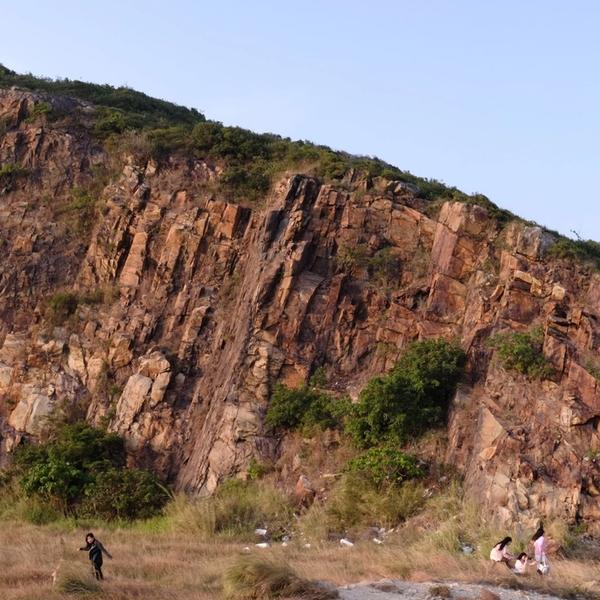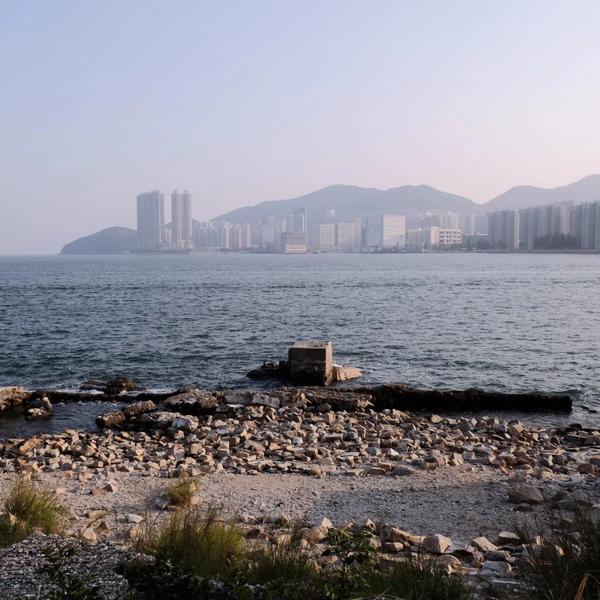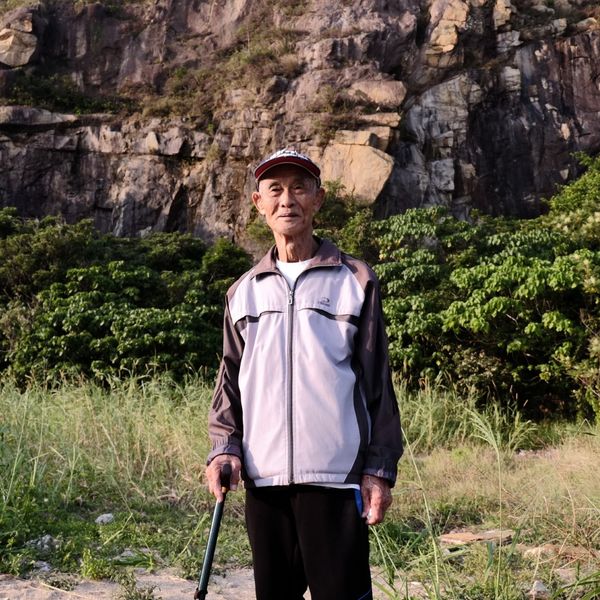
The story of Hong Kong’s stone quarries





- Old Lei Yue Mun Quarry
- Open 24/7
As a quarry worker, you also enjoyed free meals and a bunk bed located right next to the lighthouse. You earned more than a construction worker in those days!
No carps to be caught
Today, Lei Yue Mun is synonymous with seafood. But few people know that this popular ‘fishing village’ does not really have a fishing tradition. Back in the day, there were neither fishermen settlements nor were there any fish to be caught here, even though Lei Yue Mun literally translates to 'carp channel'!
The four hills of Kowloon

Lei Yue Mun used to be a stone mining village. Right here, at the bottom of the Kowloon peninsula, was once a stone quarry. As far back as the Qing dynasty, the Eastern part of Kowloon was a popular source of high-quality granite. Ngau Tau Kok, Cha Kwo Ling, Sai Tso Wan and Lei Yue Mun were called the ‘Four Hills’ with large quarry sites. There used to be piers from Ngau Tau Kok all the way to Lei Yue Mun to transport the rocks across Hong Kong, as well as to villages in Guangdong.
The golden days
The post-war construction boom fuelled demand for rocks, and mining was a tough but highly lucrative business. Four quarry companies dominated the industry: Lei Hing (利興), Dai Hing (大興), Tung Fong (東方), and Wong Yin (旺賢). Law Fu Hong (羅富康) moved to Lei Yue Mun when he was just 20 years old, and worked in the quarry for more than 30 years. “Men were normally responsible for handling the pneumatic drills while women did stone-breaking," he recalls. As a superintendent, Law Fu Hong worked eight-hour shifts and earned a daily wage of HKD10. “As a quarry worker, you also enjoyed free meals and you had your own bunk bed right next to the lighthouse. You earned more than a construction worker in those days!”
End of an era
After the 1967 riots, the Hong Kong government banned the use of explosives. Because quarries were highly reliant on the use of explosives, many across the territory had to shut down. This also signalled the end of the 100-year-old Lei Yue Mun mining industry.
